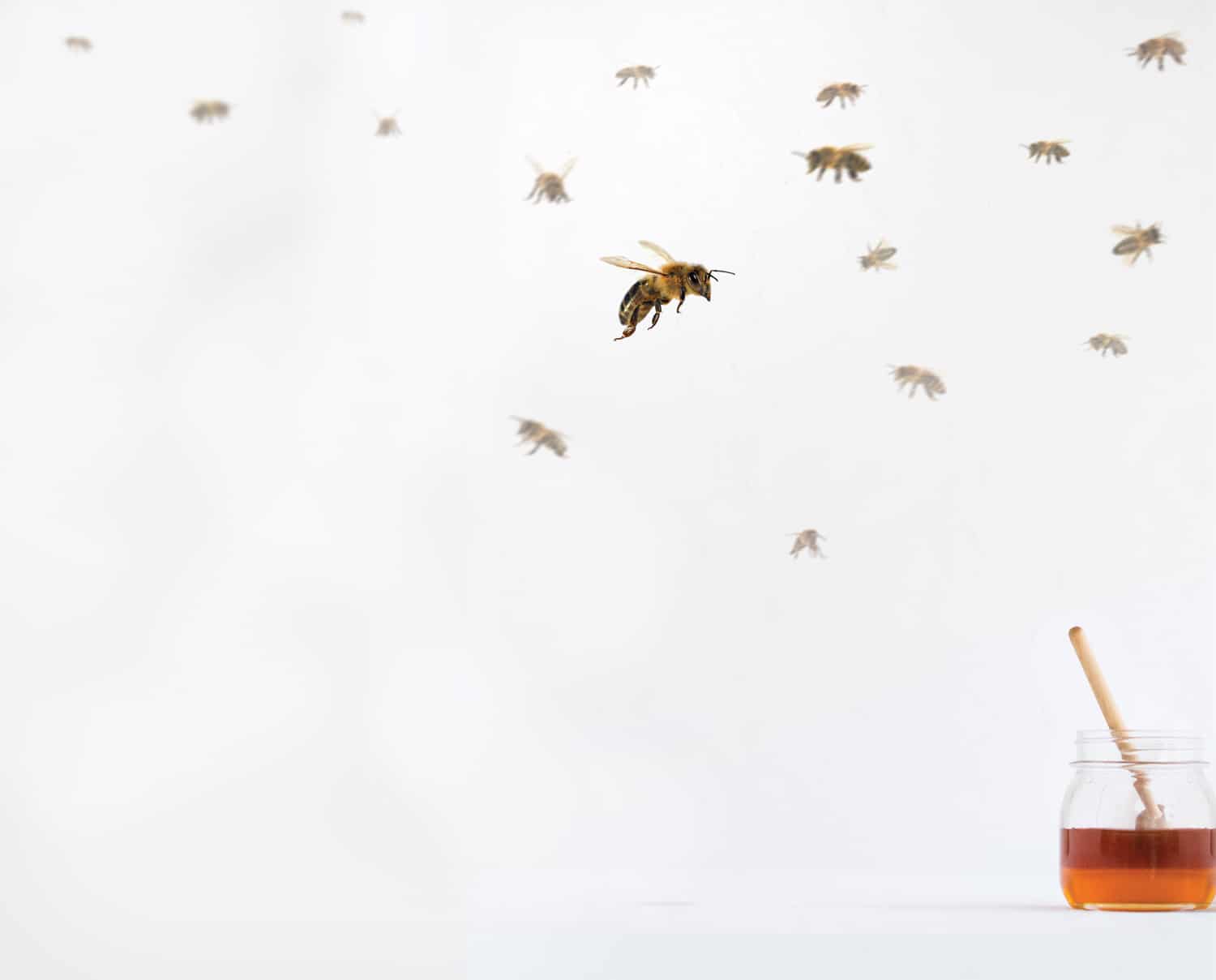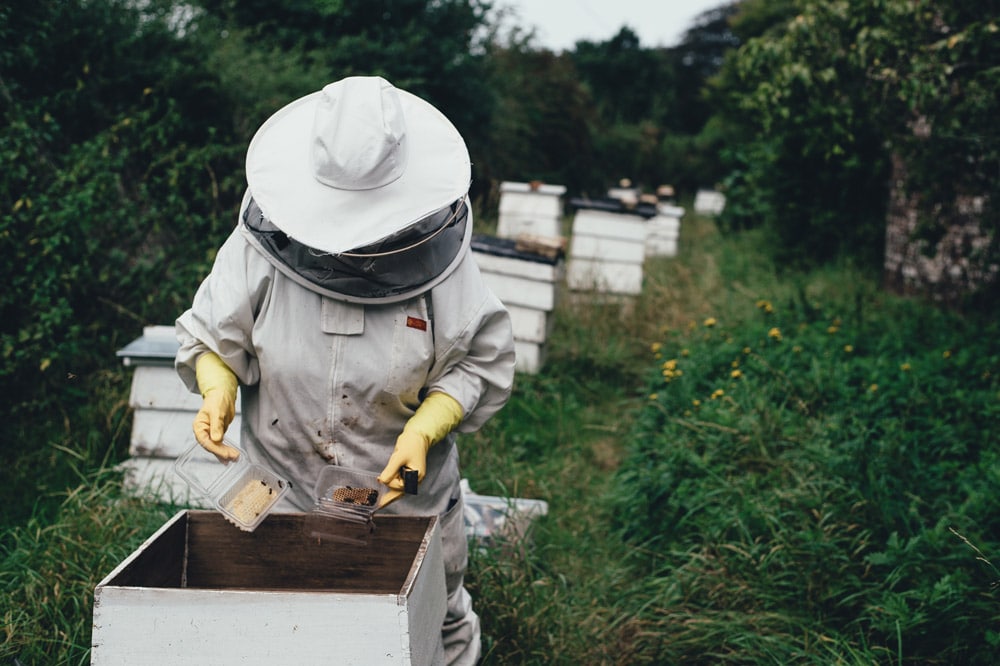By Mimi Greenwood Knight

From Bumbling Gardener to Buzzing Queen of the Back Yard
When I reached a certain age, I remembered Ouiser Boudreaux from Steel Magnolias who said old southern women should “wear funny-looking hats and grow vegetables in the dirt.” I’ve never been able to pull off a hat, but I figured I might be able to coax a few vegetables from the ground. So, five years ago, I accepted my obligation as a southern lady, installed nine raised beds in my back yard, then made every mistake a novice gardener can make over the next five years.
Season one, I sprayed a healthy crop with Dawn dishwashing liquid and water. The sun came out and scorched every leaf off every plant. Season two, I foraged cow pies from a neighbor’s pasture which had been sprayed with herbicide to discourage weeds only to discourage my vegetables from growing. Season three, I enticed my chickens to turn the beds for me all winter, then spent spring and summer unsuccessfully shooing them, as they happily uprooted everything I planted. I over-watered, over-fertilized, and over-crowded. At the end of the experiment, I’d scored a solid C- in gardening.
Still, there was another southern lady adventure that intrigued me—beekeeping. What could be more timeless than charming a colony of bees into fertilizing your bountiful (someday) garden while proffering honey right in your own back yard? My research turned up too many benefits to list.
Mankind has been collecting honey for at least 10,000 years and probably for their entire existence, and has been keeping or managing honey bees since the time the Egyptian pyramids—roughly 6,500 years ago.
There’s local honey to inoculate me against seasonal allergies, and beeswax for myriad DIY projects. Bees are independent, preferring to be left alone. I can do that. Honey bees are not aggressive and only sting if they’re provoked or to protect their hive. They’d get me out in the fresh air and I could do my part in saving the planet. The more I read, the more I was hooked on the idea. So, I got my hives, my suit, my bee tools, and finally my bees. That was a year ago, and I confess I’m still Nervous Nellie around my girls. My bee guru, Mr. Curtis, wears only jeans, a t-shirt, and tennis shoes when we open a hive, while I’m hermetically sealed inside my bee suit, still jumpy at the idea.

But there are days when I’m working in my garden and I spot a bee foraging pollen, and I experience maternal stirrings. “Are you one of MY girls? Are you taking that back to OUR hive? Are you having a good life here?” Some mornings, I sit beside the hives with my AM coffee, watching my girls come and go with their pollen-packed legs, and realize beekeepers have been doing this for millennia.
I recently had the joy of harvesting my honey and gifting it to friends. They looked at me with admiration—”my friend, the beekeeper!” Should I tell them I can’t grow a tomato to save my life? Would they realize the only thing I did right for my bees was leave them the heck alone? Nah, I’d rather let them savor their image of me as the consummate southern lady. Ouiser would be so proud.
Cool Bee Facts
- A honey bee can fly around 15 miles per hour and will cover 55,000 miles, visiting two million flowers, to produce one pound of honey.
- A foraging honey bee can carry 80 percent of their weight in pollen or nectar.
- Bees flap their wings 11,400 times per minute.
- Bees gather 10 pounds of nectar to make one pound of honey.
- The queen honey bee lays between 1,000 and 3,000 eggs per day.
Can This BEE True?
“ Serial killers behave like bees, committing their crimes close to home, but far enough away that the neighbors don’t get suspicious. Similarly, bees collect pollen near their hive, but far enough away that predators can’t find it. To understand how this ‘buffer zone’ works, scientists studied bee behavior and wrote up a few algorithms. Their findings improved computer models police use to catch felons.”
– Mental Floss Magazine
The U.S. Department of Agriculture estimates that honeybees pollinate 80 percent of the country’s crops, over $20 billion worth, each year.









